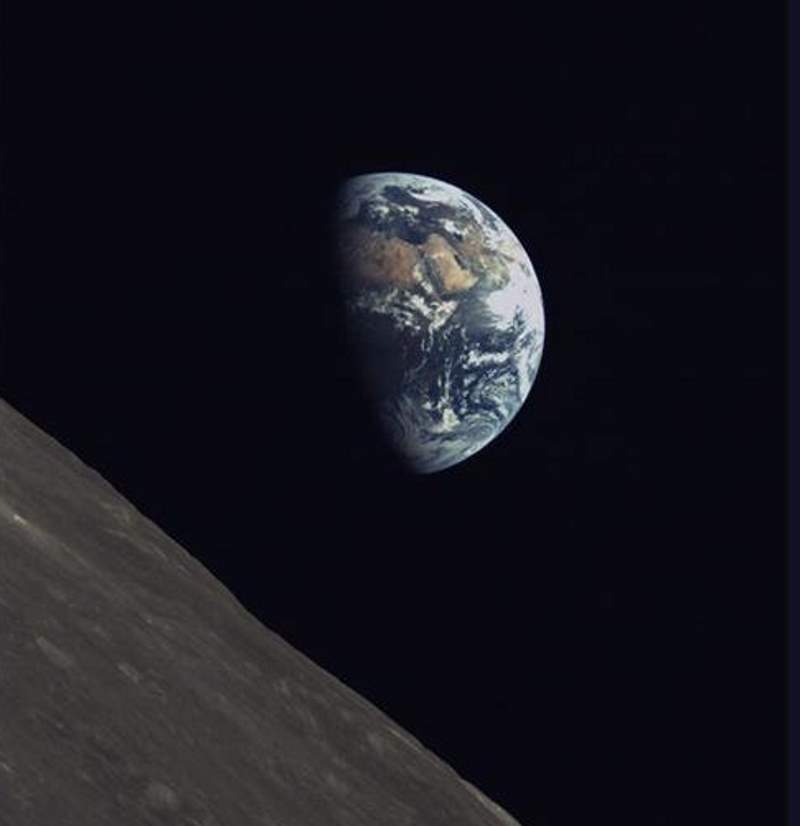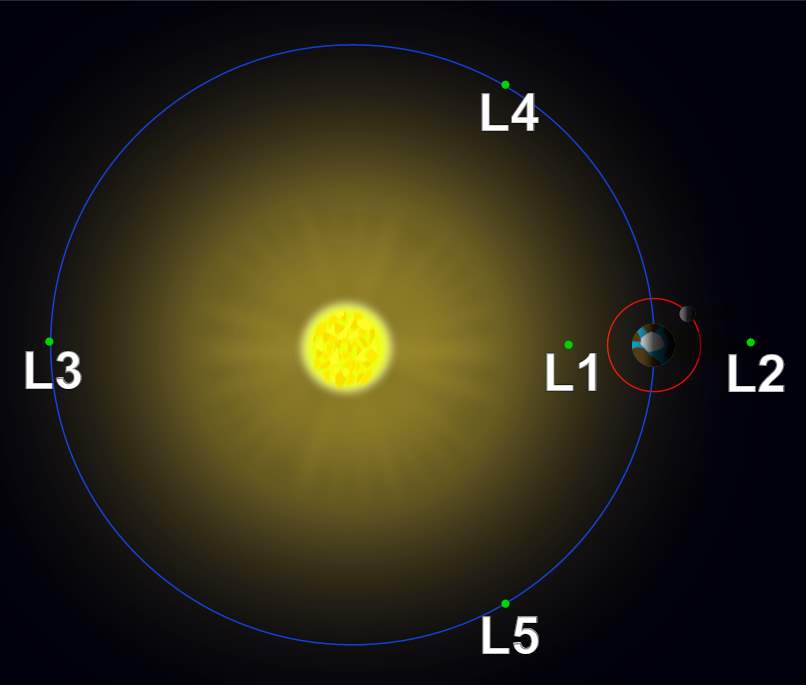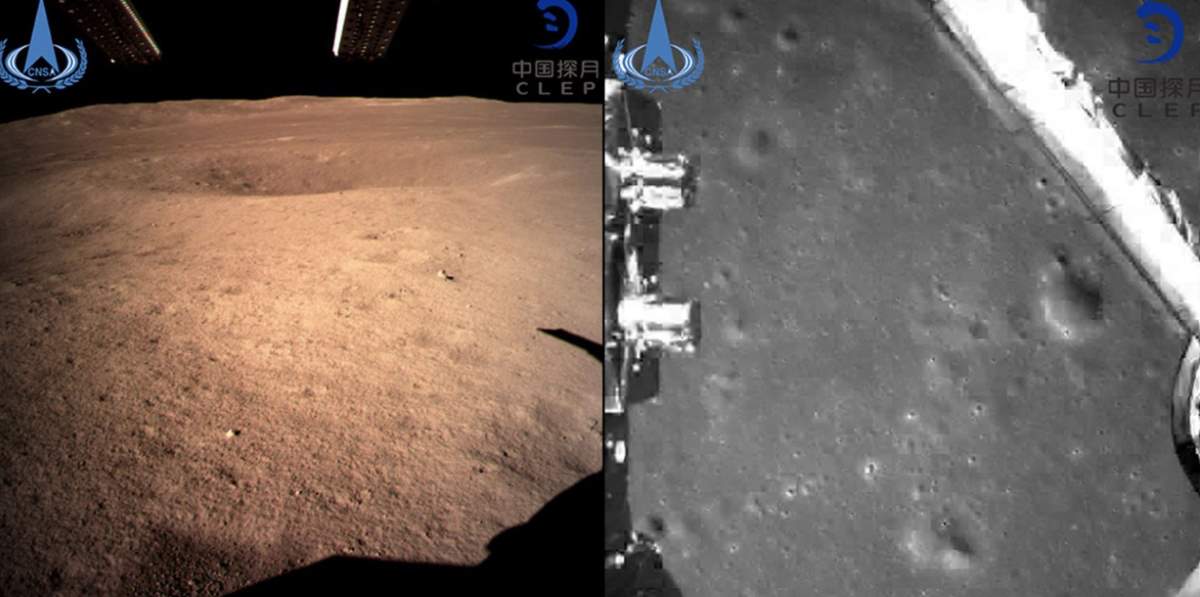On his Twitter account, Andrew Jones, a journalist reporting on China’s space program and related activities, has published amazing images of the Earth and the Moon captured from China’s Queqiao lunar communications relay satellite, a key component of Chang’e 4 lunar landing mission.

Jones wrote: “This is kind of incredible. Images of the Earth and Moon, taken by a small Saudi camera on a small 45 kg Chinese satellite in lunar orbit (Longjiang-2/DSLWP-B), as part of the Chang’e-4 relay satellite launch.”
This is kind of incredible. Images of the Earth and Moon, taken by a small Saudi camera on a small 45 kg Chinese satellite in lunar orbit (Longjiang-2/DSLWP-B), as part of the Chang’e-4 relay satellite launch. pic.twitter.com/JaSiITkD6E
— Andrew Jones (@AJ_FI) June 14, 2018
Chang’e 4 Mission
Chang’e 4 (see notes 1) is a planned Chinese lunar exploration mission, to be launched in December 2018, that will incorporate an orbiter, a robotic lander, and a rover. After Chang’e 3, it will be China’s second lunar lander and rover. Queqiao, meaning “Magpie Bridge”, is a key component of the mission.
The satellite was launched to Earth-Moon L2 point (see notes 2) on 20 May 2018. It will provide a continuous communications link to Earth while the probe does its exploratory work on the far side of the Moon: a job the lander and rover can’t do for themselves because all the rocky body of the Moon would get in the way.
Chang’e 4 is currently scheduled for launch in December 2018. This mission will attempt to determine the age and composition of an unexplored region of the Moon, as well as develop technologies required for the later stages of the program.
It will be the first-ever landing on the far side of the Moon, which we never see from here on Earth. The landing site for this mission is expected to be the Von Kármán crater in the South Pole-Aitken Basin, a vast basin in the southern hemisphere of the far side which extends from the South Pole to the Aitken crater.
Notes
- The spacecraft was named after Chang’e, the goddess of the Moon in Chinese mythology.
- In celestial mechanics, the Lagrangian points are positions in an orbital configuration of two large bodies where a small object affected only by gravity can maintain a stable position relative to the two large bodies. The Lagrange points mark positions where the combined gravitational pull of the two large masses provides precisely the centripetal force required to orbit with them. There are five such points, labeled L1 to L5, all in the orbital plane of the two large bodies. The first three are on the line connecting the two large bodies and the last two, L4 and L5, form an equilateral triangle with the two large bodies. The two latter points are stable, which implies that objects can orbit around them in a rotating coordinate system tied to the two large bodies. Several planets have minor planets near their L4 and L5 points (trojans) with respect to the Sun, with Jupiter in particular, having more than a million of these. Artificial satellites have been placed at L1 and L2 with respect to the Sun and Earth, and Earth and Moon for various purposes, and the Lagrangian points have been proposed for a variety of future uses in space exploration.

Sources
- “Chinese Satellite Captures a Cool View of Earth from Lunar Orbit” on Gizmodo.com
- “China Launches Relay Satellite for Mission to Moon’s Far Side” on Space.com
- Chang’e 4 on Wikipedia
- Queqiao relay satellite launched ahead of Chang’e-4 lunar mission on NASA.gov
- Budget of NASA, Year by Year [1980-1989] - June 10, 2024
- Budget of NASA, Year by Year [1970-1979] - June 10, 2024
- Budget of NASA, Year by Year [1958-2024] - June 10, 2024


